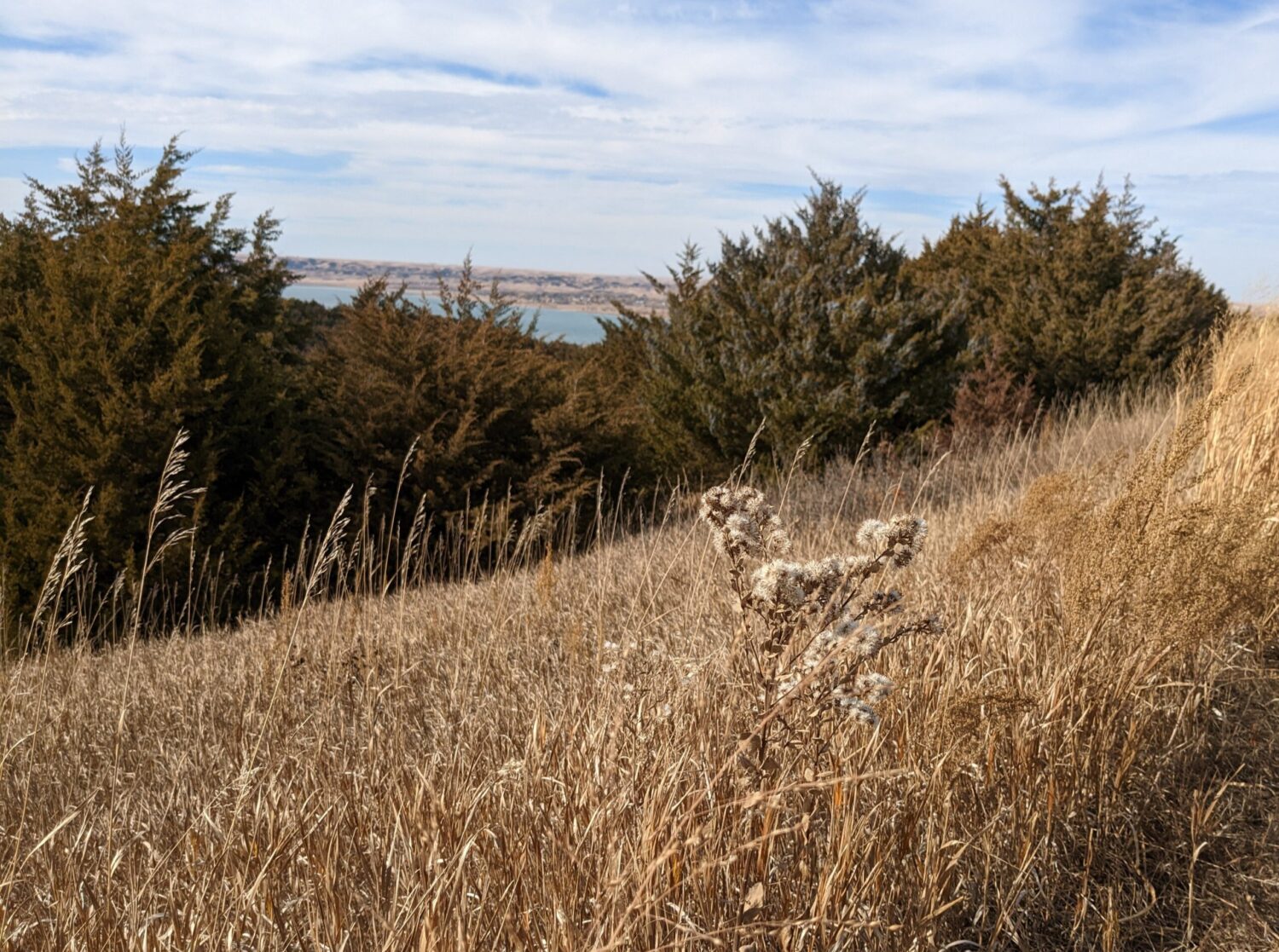
South Dakotans are the fourth largest recipients this year from a federal program that pays agricultural landowners to keep environmentally sensitive land out of production, according to a news release from the U.S. Department of Agriculture.
The Conservation Reserve Program has sent $129.5 million to South Dakotans. That trails Iowa ($402.5 million), Illinois ($172.7 million) and Minnesota ($150.8 million).
The program, known by the abbreviation CRP, pays landowners to maintain grass, trees and other plant species on enrolled acres, which helps prevent soil erosion, filters runoff that enters waterways, and establishes habitat for wildlife.
The program also helps fight climate change. Some farming practices can release plant and soil carbon into the atmosphere as carbon dioxide, where it acts as a heat-trapping greenhouse gas. Consistent plant cover pulls carbon dioxide out of the air and stores it in the soil.
“We’re grateful to all CRP participants who are making a tremendous difference by proactively addressing climate change and conserving natural resources now and for future generations,” said U.S. Agriculture Secretary Tom Vilsack in the news release.
Nationally, the program has paid $1.77 billion this year to 667,000 participants for 23 million acres, which equates to about 36,000 square miles. Nationwide program enrollments are up 21% since 2021.
The news release credited numerous program improvements during the past few years for driving the growth in enrolled acres. Among those are several efforts targeting South Dakota, including a first-ever agreement to enroll acres associated with the Cheyenne River, Rosebud and Oglala Sioux tribes.
Last year, the Ag Department entered into a special agreement with the South Dakota Department of Game, Fish & Parks focusing on the Big Sioux River Watershed to help farmers, ranchers and landowners in that area improve water quality, reduce soil erosion, enhance wildlife habitat and create public hunting and fishing access.
